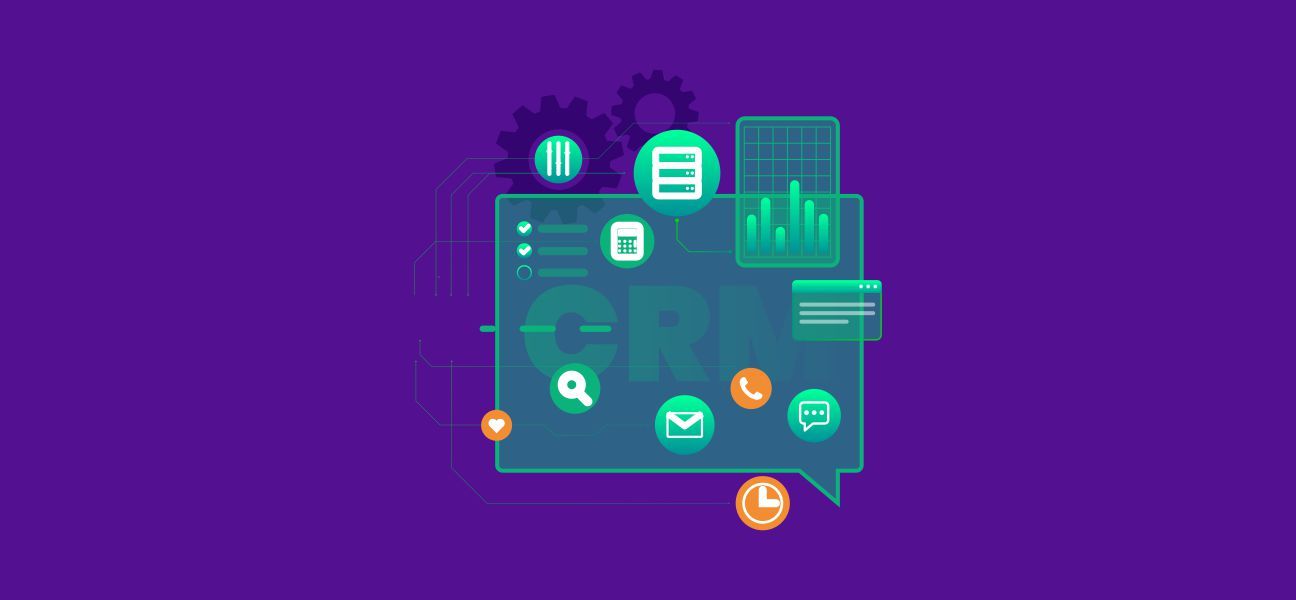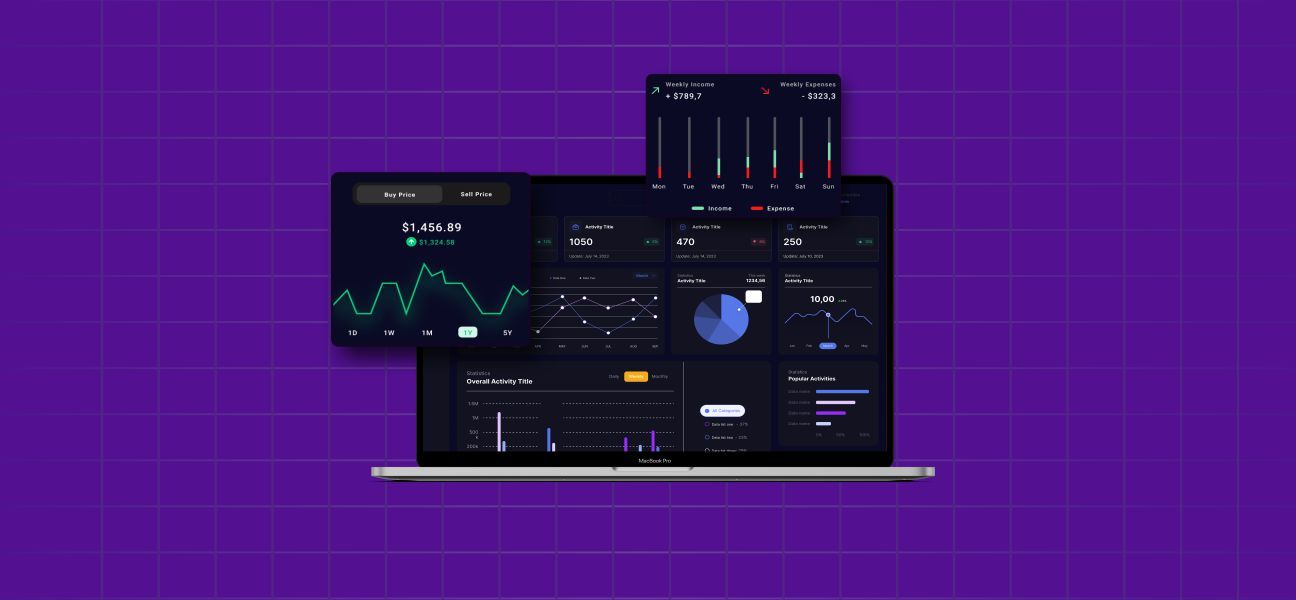Blog
Loading...
The New Standard for DXPs: Leveraging Composable Architecture for Future-Proof Digital Experiences

As businesses strive to deliver exceptional customer experiences, Digital Experience Platforms (DXPs) have become a critical part of the tech stack. However, the traditional monolithic approach to DXPs often limits flexibility, scalability, and innovation. Enter composable architecture—a modular, API-first strategy designed to create future-proof digital experiences.
For CTOs, adopting a composable DXP isn’t just a technical decision; it’s a strategic move to keep pace with changing market demands and customer expectations.
The Evolution: From Monolithic to Composable DXPs
Traditional DXPs are built as monolithic systems, offering a unified suite of tools for content management, analytics, and personalization. While comprehensive, these systems come with significant downsides:
- Limited Flexibility: Changes or updates to one component often require extensive modifications to the entire system.
- Vendor Lock-In: Businesses are tied to a single vendor’s ecosystem, making it hard to adopt best-of-breed solutions.
- Scalability Challenges: Monolithic DXPs struggle to handle rapid changes in traffic, content delivery, or integrations.
Composable architecture addresses these issues by breaking down the DXP into modular components that can be integrated, replaced, or scaled independently.
Technical Breakdown: What Makes a DXP Composable?
- Headless CMS as the Core
1.A headless CMS decouples content storage and delivery, allowing businesses to create, manage, and distribute content through APIs.
This flexibility enables seamless content delivery across multiple channels, including websites, mobile apps, IoT devices, and more. - Microservices: Independent services that can be deployed, updated, or scaled independently.
- API-First: Enables seamless communication between components, ensuring interoperability.
- Cloud-Native: Provides scalability and agility without relying on on-premises infrastructure.
- Headless: Decouples front-end and back-end systems for greater flexibility
- MACH Architecture: Composable DXPs are often built using MACH principles.
- Best-of-Breed Tools with Orchestration Layers:
Instead of relying on a single vendor, businesses can integrate specialized tools for specific functions, such as personalization, analytics, or e-commerce.
Orchestration layers (like GraphQL or middleware) ensure these tools work together harmoniously.
Examples of Composable DXP Platforms
Several DXP platforms have embraced composable architecture, offering flexibility and scalability for businesses. Here are a few examples:
Kentico: Kentico Xperience is a hybrid headless CMS and DXP that supports both traditional and composable architectures.
Umbraco: Umbraco Heartcore is a headless CMS that fits well within a composable DXP strategy.
Sitecore: Sitecore’s composable DXP approach, powered by its headless CMS and Experience Edge, enables modular, scalable digital experiences.
Contentful: A leading headless CMS, Contentful is designed for composable DXPs with a fully API-driven content infrastructure.
Adobe Experience Manager (AEM): AEM supports composable architecture with its headless CMS capabilities and integration with Adobe’s suite of tools.
GigaSolv’s Expertise in Composable DXPs
At GigaSolv, we specialize in helping businesses transition from monolithic systems to composable DXPs without disrupting operations. Here’s how we do it:
- Assessment and Planning: We evaluate your current tech stack and identify opportunities for modularization.
- Tech Stack Alignment: Our team selects and integrates best-of-breed tools that align with your business goals.
- Custom Orchestration Layers: We design APIs and middleware that ensure seamless communication between all components.
- Risk Management: By phasing the implementation, we minimize downtime and ensure a smooth transition.
The Long-Term Benefits of Composable Architecture
- Faster Deployment Cycles: With independent components, businesses can roll out updates or new features without disrupting the entire platform.
- Reduced Technical Debt: Modular components are easier to update or replace, ensuring the system stays current without costly overhauls.
- Improved Scalability: Cloud-native microservices and headless CMSs can handle increasing traffic, content demands, and integrations without compromising performance.
- Flexibility to Innovate: Businesses can integrate emerging technologies, such as AI-driven personalization or AR/VR content delivery, without rebuilding their DXP.
Key Metrics for Success
When transitioning to a composable DXP, it’s important to measure the impact on both technical performance and business outcomes. Key metrics include:
- Time-to-Market: Track how quickly new features or updates are deployed compared to the previous system.
- Integration Latency: Measure the speed of communication between components.
- Content Delivery Performance: Monitor load times and uptime for websites, apps, and other digital touchpoints.
- User Engagement Metrics: Evaluate how the new DXP impacts customer satisfaction, retention, and conversion rates.
Future-Proof Your Digital Experiences
The shift to composable architecture represents a significant leap forward for DXPs. By breaking free from the constraints of monolithic systems, businesses can deliver faster, more personalized, and scalable digital experiences.
At GigaSolv, we bring the technical expertise and strategic insight needed to make composable DXPs a reality. Whether you’re planning a full transition or integrating modular components into your existing stack, we’re here to guide you every step of the way.
Let’s build a DXP that’s ready for tomorrow, today.





